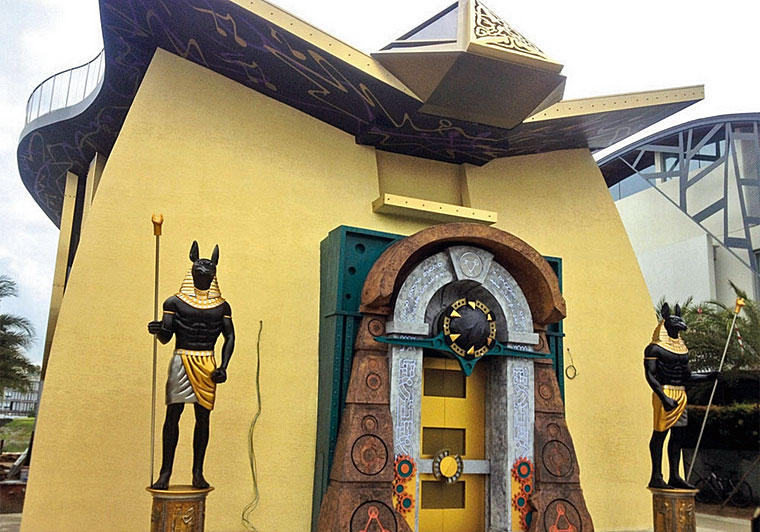The venerable New York Times wrote on Feb. 17, 2015 that rich people from all over the world who used to buy Sentosa Cove houses as a way to spend money can no longer afford to.
The lack of buyers is so bad, rich people have resorted to renting the unsold units to stay instead of owning it.
Worse, the slowdown in the property market has been orchestrated by Singapore government.
The horror!
From NYT:
As Singapore pitched itself as a place for Asia’s rich, Sentosa Cove attracted many wealthy Chinese, Malaysians and Indonesians. But the momentum behind that boom is slowing, putting the gated community at the center of the weakness.
The slowdown has been orchestrated, in part, by Singapore’s leadership.
Faced with simmering discontent over rising living and housing costs, the government executed a succession of cooling measures that have hit the high-end market especially hard.
A property sales tax of 18 percent for foreigners has reduced buyers’ enthusiasm. Levies are nearly as high for those hoping to flip their properties in the first or second year.
So how did it come to this?
That's what the rest of the article is about.
Boom years
The value of prime properties rose by 80 percent in 10 years from 2004 to 2013.
The money started flowing in around 2004. This was after the Asian financial crisis and the SARS outbreak. The government then promoted Singapore as a center for global finance and private banking, offering tax incentives and other favorable policies to lure foreign companies to strengthen the city state.
The government also eased rules for foreigners buying land and began to sell reclaimed land on Sentosa.
After that, villas rose in all shapes and styles. Developers erected luxury condominiums and the properties have been marketed as the only waterside living in Singapore.
In 2010, a Resorts World Sentosa opened.
Interest rates were low, prompting buyers to take on more debt. Confidence was high. Banks built regional headquarters in Singapore and jobs were created in the new financial district rose, as Marina Bay Sands was built for a reported $5.4 billion.
As the market overheated and conspicuous materialistic lifestyles proliferated, the ruling party suffered its worst electoral victory in 2011.
Bust years
The most effective measure taken by the government following GE2011 was to cap the amount of debt a borrower was allowed to take as a percentage of their income.
Today, there is a 16 percent tax on the sale price for anyone who wants to resell a property within a year of buying it. If they sell within two years, the tax is 12 percent. The levy gradually decreases over the following two years.
Since then, new property sales across Singapore have fallen dramatically.
In 2014, the number of properties sold was half what it had been the previous year. Residential prices fell 4 percent last year.
This year, some analysts forecast double-digit declines. An apartment that used to go for S$7 million in 2007 was offloaded for a paltry S$4 million in mid-2014.
Looks like the rich are really suffering these days. Poor thing.
Top photo via
If you like what you read, follow us on Facebook and Twitter to get the latest updates.
If you like what you read, follow us on Facebook, Instagram, Twitter and Telegram to get the latest updates.
